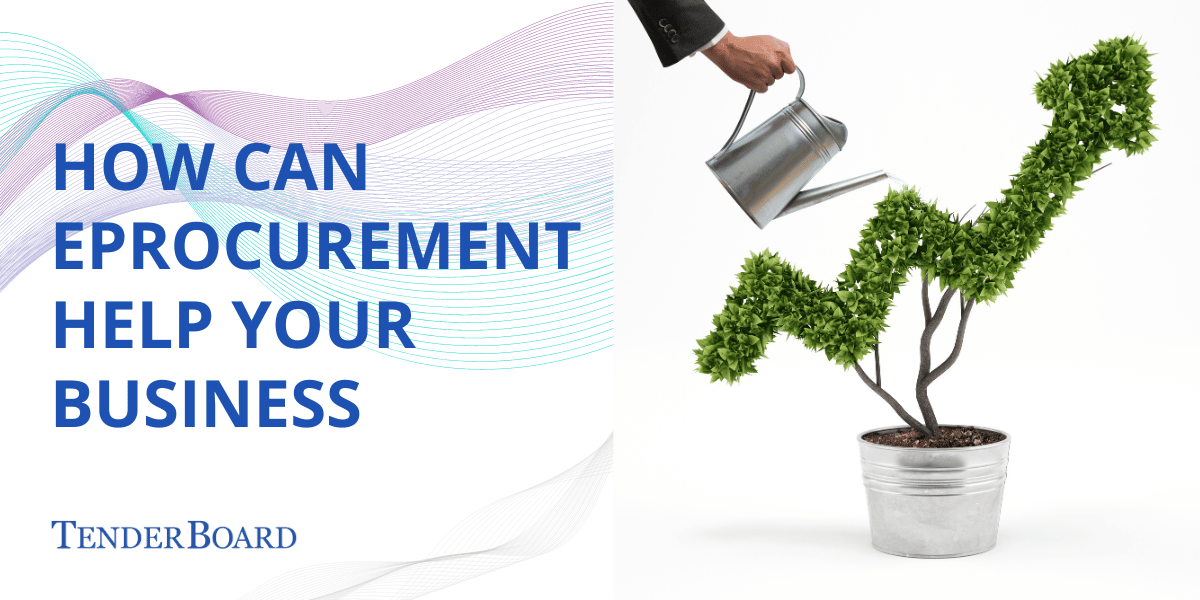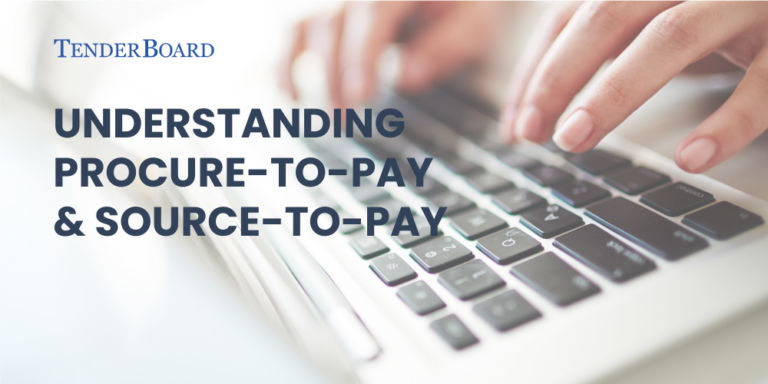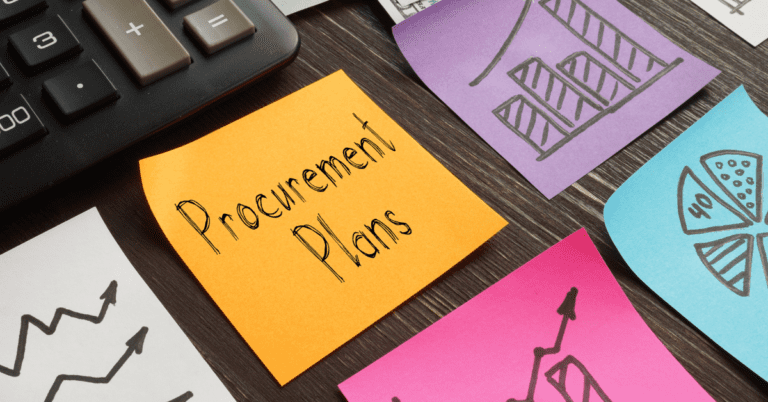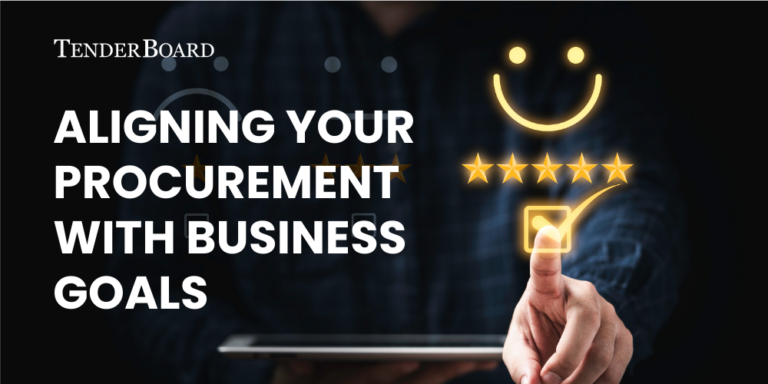Expectations for the procurement function within companies continue to expand at an unprecedented pace, and there is pressure to do more with the same team size (or worse still, to do more with less). While being tasked with the responsibility of managing purchases, compliance, and spend optimisation for the entire company, managing these tasks manually with Excel spreadsheets and Word documents increases the workload exponentially.
When processes are manually operated, scaling the business means companies would need to hire more to meet the growing demands, which makes it harder to grow. Most often, procurement professionals find themselves juggling a growing array of duties with limited resources.
With the emergence of procurement systems, procurement teams can optimise procurement workflows and create efficient processes, allowing them to oversee purchases and optimise budgets. This article explores how procurement systems can transform procurement functions in the company, driving maximum value and spend optimisation for your business.
What is eProcurement?
A procurement system, or eProcurement, is software that digitalises and automates the procurement process. Most eProcurement software is now Cloud-based, with a platform for businesses to access and manage the various aspects of procurement. Procurement systems are typically able to manage the entire Procure-to-Pay process, automating approval workflows, sourcing for and managing suppliers, contracts or pre-negotiated price lists, and matching goods receipts to invoices.
Some eProcurement Platforms are simpler, providing users with a set flow or limited functions when it comes to managing procurement workflows. Others offer a modular system that allows businesses to pick and choose specific functions to use, with configurable workflows and API integration to transfer information to other business tools, such as your ERP or accounting software.
How does procurement software help business functions?
Improves Overall Procurement Function
When you implement a procurement system, this means procurement forms and workflows are digitalised and automated. Your forms will be on the platform for users to complete and send through the approval process, with automated approval routing to reduce delay and remove paper pushing.
Best in breed procurement software is also built to be intuitive, allowing you to store all your forms while only showing users the necessary forms for their current purchase. Procurement teams can then rely on the platform to provide employees with the necessary guidance through the company’s procurement policies, and focus on more strategic tasks.
Optimised Spend Management
Because eProcurement streamlines the purchasing processes and provides data for analysis, procurement teams can be more efficient and effective with planning and forecasting budgets. Apart from saving on labour costs, procurement systems can also help to identify cost-saving opportunities, such as supplier consolidation or bulk purchasing.
With purchases automatically routed through approval processes for policy compliance, and data automatically collected and stored on the platform for easy retrieval and analysis, eProcurement can help organisations to achieve significant cost savings, contributing to the overall financial health of the business.
Better Compliance Oversight
eProcurement platforms can help businesses to comply with company regulations and policies by providing automated tools for managing purchase requests and approval workflows. Necessary approvals for PRs or evaluations are automatically requested, with audit trail logs that track the workflow and comments. Platforms also offer 3-way matching for purchase orders, delivery orders, and invoices before payment is processed.
Seamless Data Transfer between Departments
eProcurement can integrate with other systems, sending and receiving information between your ERP or accounting systems. With such integrations, purchasing information and procurement data is no longer kept silo-ed, and relevant business functions can receive up-to-date information when needed. For example, purchases can be tied to budget codes from finance systems, and draw-downs can be tracked and confirmed when purchases are made.
Conclusion
eProcurement is a transformative force that gives procurement teams the tools they need to succeed in their roles. With digitalisation and automation of procurement forms and workflows, eProcurement liberates procurement professionals from manual and repetitive paper-pushing, allowing them to focus on strategic endeavours that drive growth and innovation. What’s more, the effects of procurement systems go beyond removing manual tasks; eProcurement’s ability to streamline procurement processes and improve transparency allows for optimised spend management. As businesses continue to strive for excellence and sustainability, eProcurement is a tool that empowers procurement teams to drive operational efficiency and achieve procurement success.













